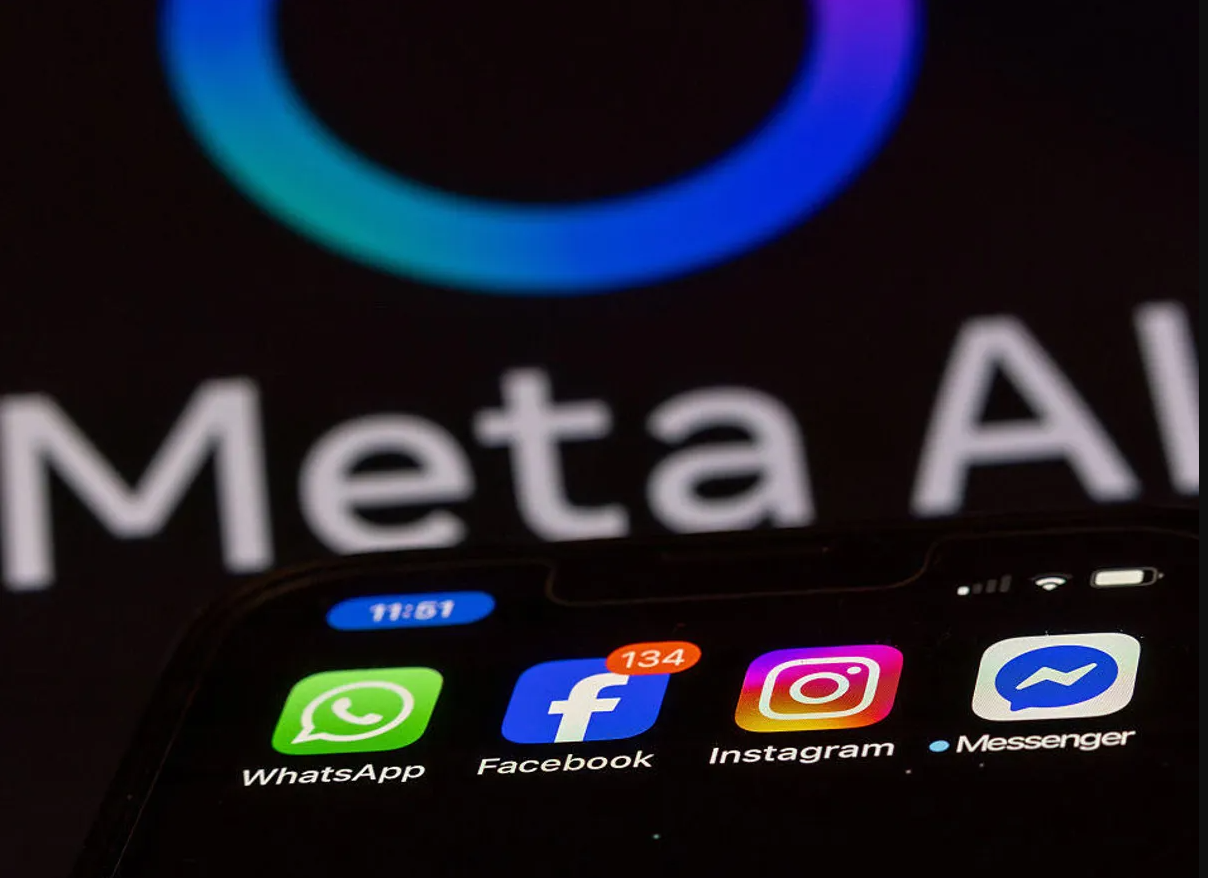It sounds like science fiction, but it is rapidly becoming reality: by the end of 2026, Meta plans to automate the entire Facebook and Instagram ad creation process using artificial intelligence. That means no ad agencies, no designers, no media buyers. Just a product image, a budget, and bots doing the rest.
For small businesses and solopreneurs, this might sound like a dream come true. But under the surface, this trend demands deeper thinking. As digital marketing evolves into a fully automated engine, brands need to ask a strategic question: what happens to your creative control when machines manage the message?
Meta’s Play: Full Spectrum AI Ad Automation
Meta’s goal is simple on the surface: reduce friction for businesses running paid campaigns. The process they are building would allow advertisers to upload a single product image, select a goal or budget, and let Meta’s AI handle the rest.
This includes:
- Writing ad copy and headlines
- Generating videos and graphics
- Testing multiple ad variations
- Targeting segmented audiences automatically
- Optimizing delivery in real time based on user data
Meta’s AI will not just set up the ads. It will test, tweak, and personalize them on the fly, adjusting what users see based on behavior, location, and platform engagement.
A Win for Small Teams, But Not Without Trade Offs
Meta’s automation tools could remove long standing barriers to professional advertising. If you are a team of one or two, you no longer need to master creative tools, analytics dashboards, or A/B testing. The machine does the heavy lifting.
Strategic benefits include:
- Access: Small brands gain tools once reserved for enterprise players.
- Speed: Campaigns can launch quickly without creative bottlenecks.
- Efficiency: AI powered budget optimization can increase return on ad spend.
- Scalability: Teams can run more campaigns with fewer hands.
However, these gains come with strategic risks that businesses must not ignore.
Where Control Meets Compromise
The biggest concern? Creative control. When AI writes your copy and designs your visuals, you risk losing your unique brand voice. Generic messaging can dilute what makes your business different.
Other challenges include:
- Brand integrity: Will the AI get your tone, ethics, and intent right?
- Job disruption: What happens to copywriters, graphic designers, and ad strategists as roles get automated?
- Dependence: Relying too heavily on Meta’s ecosystem may reduce your long term marketing flexibility.
This Is Not Just a Meta Story; It Is an Industry Shift
Meta is not alone. Google, Amazon, and TikTok are investing heavily in AI driven ad platforms. Meta’s Advantage+ campaigns are already showing signs of the future. The idea is simple but powerful: you define the what and how much, and the platform decides the how and to whom.
CEO Mark Zuckerberg has been clear; the future of advertising is one where businesses no longer need to “build” ads at all. Instead, they set objectives, connect a payment method, and let AI do the rest.
What Your Business Should Be Doing Now
In this changing landscape, here is how forward looking brands should respond:
- Test AI tools now. Advantage+ and other tools are already available. Explore them, but do not hand over the reins entirely.
- Document your brand voice. If you use AI, give it guidelines. Define tone, values, and boundaries.
- Stay agile. The advertising landscape is changing fast. What works today may be obsolete tomorrow.
- Invest in human creativity. While automation can handle scale and testing, creativity, emotion, and story still win trust. Do not automate your soul.
Final Thought: Automation Without Intention Is Just Noise
Fully automated advertising may democratize digital reach, but it also risks homogenizing the messaging. In a world where everyone is using AI, what will separate the remarkable from the forgettable?
Smart businesses will learn to collaborate with AI, not surrender to it. Automation is not a shortcut for strategy. It is a tool. The brands that thrive in 2026 and beyond will be the ones who know how to blend machine efficiency with human insight.
Because in the end, great advertising still needs vision, even if a bot is writing the copy.





